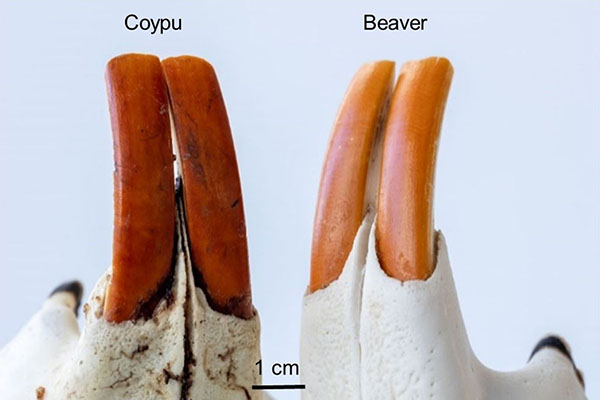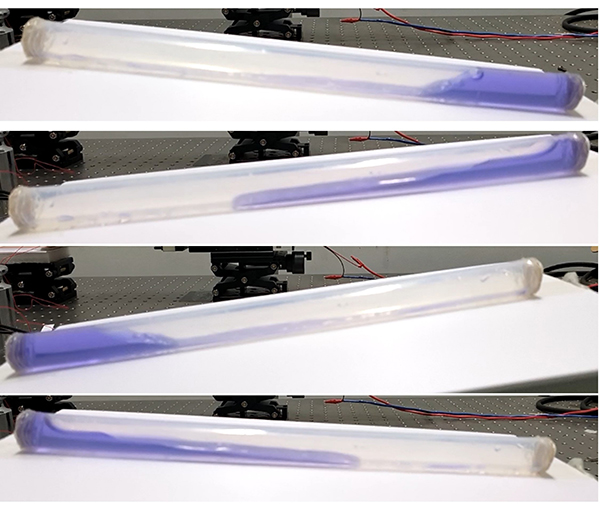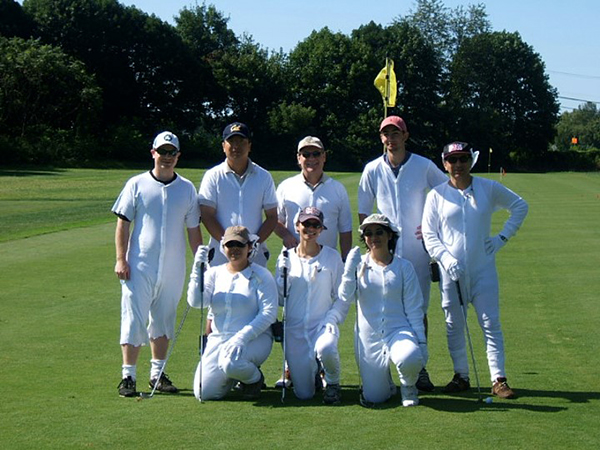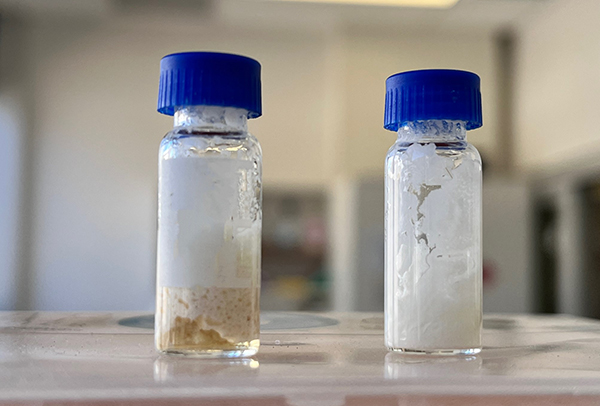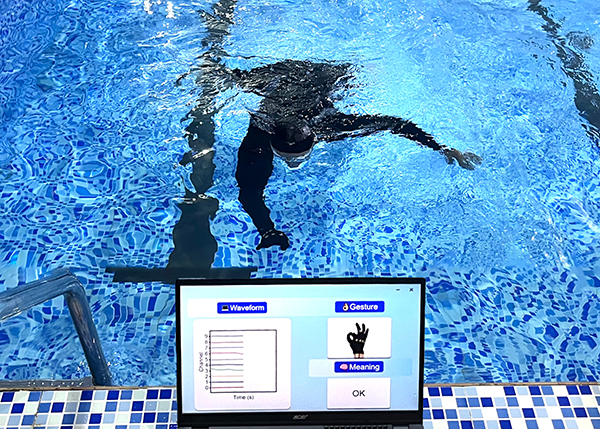Drug development researchers generally want the same outcome: to find new and better ways to improve health. But sometimes, inspiration for those new medicines comes from seemingly unlikely places — garlic, marijuana, medieval weapons and virtual livers. The following papers highlight recent discoveries in the field of drug development published in ACS journals. Reporters can request free access to these papers by emailing newsroom@acs.org.
Garlic plus antibiotics — a one-two punch against Staphylococcus infections. Staph can be hard to treat because the bacteria enter human cells and evade drugs. But by packing the antibiotic vancomycin in a garlic-derived nanovesicle capsule, it’s more easily absorbed by human cells, thereby improving the drug’s germ-killing abilities, say the researchers in ACS Applied Bio Materials.
Can we reap THC’s potential neuroprotective properties without the high? Maybe, according to research in ACS’ Journal of Natural Products. The authors say that in laboratory studies with cultured human cells, a synthetic form of THC reversed nerve cell toxicity and elevated levels of molecules that support nerve growth and cognitive function better than naturally occurring THC.
A new small molecule looks like the medieval spiked weapon called a caltrop. The molecule quickly and completely neutralizes the blood-thinning drug heparin in laboratory studies, say researchers in ACS’ Journal of Medicinal Chemistry. For people who take blood thinners, the fast-acting heparin antidote could help them avoid life-threatening bleeds when injured or during emergency surgery. The researchers hope to start preclinical studies soon.
“Virtual liver” could speed up drug discovery. A new, open-source web-based modeling tool is designed to predict a potential drug candidate’s absorption, distribution, metabolism and excretion rates. Getting this pharmacokinetic information early in the discovery process could accelerate drug development by eliminating compounds with undesirable effects before tests on animal models, say the program’s designers. The virtual liver is described in detail in ACS’ Journal of Medicinal Chemistry.
###
The American Chemical Society (ACS) is a nonprofit organization chartered by the U.S. Congress. ACS’ mission is to advance the broader chemistry enterprise and its practitioners for the benefit of Earth and all its people. The Society is a global leader in promoting excellence in science education and providing access to chemistry-related information and research through its multiple research solutions, peer-reviewed journals, scientific conferences, eBooks and weekly news periodical Chemical & Engineering News. ACS journals are among the most cited, most trusted and most read within the scientific literature; however, ACS itself does not conduct chemical research. As a leader in scientific information solutions, its CAS division partners with global innovators to accelerate breakthroughs by curating, connecting and analyzing the world’s scientific knowledge. ACS’ main offices are in Washington, D.C., and Columbus, Ohio.
To automatically receive press releases from the American Chemical Society, contact newsroom@acs.org.
Note: ACS does not conduct research, but publishes and publicizes peer-reviewed scientific studies.

